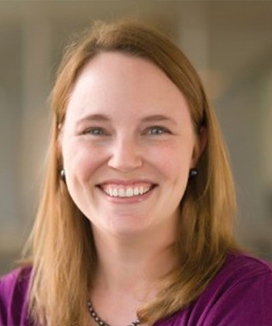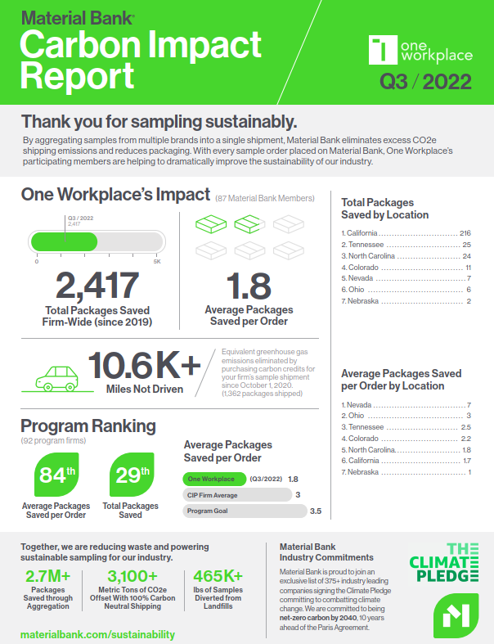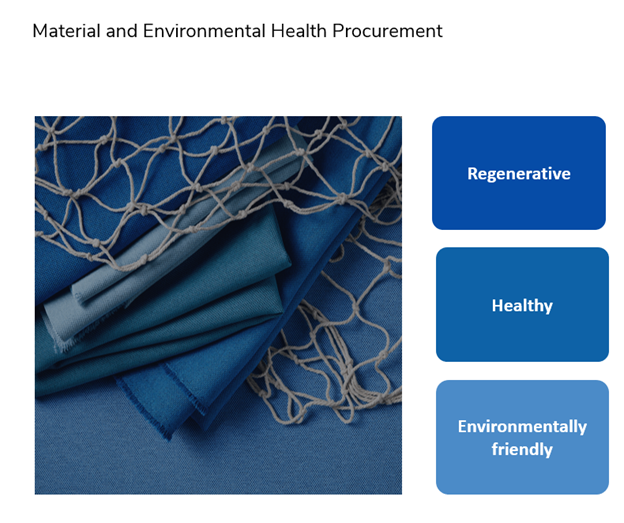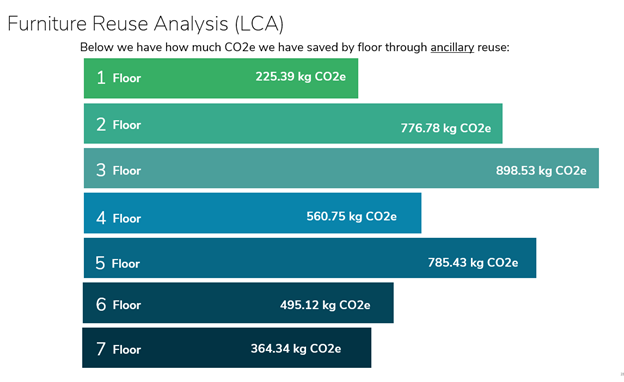

Sustainability challenges that face us as an industry become clearer day by day, along with how sustainability initiatives connect to impact. Today, our customers and coworkers are looking for more than programs or forward momentum. They expect to see meaningful change – a Return On Impact – from an organization they view as a partner. Since we last reported on our progress, we’ve looked more deeply across our entire business to measure our efforts, identify specific opportunities, and create more transparency to be a better partner and a better steward for our planet.
We’ve set some challenging sustainability goals for ourselves. We realize that looking at our materials, supply chain, and reuse efforts across the board isn’t a fixed destination we’re headed towards. Rather, it’s an ongoing effort of constantly examining where we are and what we can be doing better.
Here’s how we’re making strides to reduce our footprint across three key areas.
1. Sustainability Across Our Supply Chain, Community, and Partners
We’ve found that it’s easier (naturally) to control what goes on within our four walls. Company-led initiatives, policies, and best practices can and are making huge strides. But we realize sustainability efforts come with a ripple effect the further down our supply chain we explore.
Updating Our Vendor Survey
Our ESG Advisory Board is currently working with our manufacturers to publish the results of our vendor survey. We reach out annually to our partners and ask them to help us understand their sustainability efforts and challenges. Rather than an ultimatum, these surveys are meant to both champion the good happening across our industry as well as highlight where manufacturers need our support. After a workshop with manufacturers including Davis, Fyrn, Andreu World, Boss, OFS, and Emblem, we’re working with their responses to craft a more robust survey to provide transparency to our ESG goals of sustainability and social responsibility in our procurement.
Establishing Improved Furniture Decommissioning Strategies
The furniture lifecycle continues to be one of the greatest areas of impact we can address as we seek new ways to become more sustainable at scale. That’s because the bigger picture extends beyond the landfill. The materials used, the energy consumed during production, and the emissions accrued during transportation and disposal – all impact the environmental bottom line.
We are currently taking on furniture decommissioning with a two-pronged strategy. First, all new projects moving forward will all be sustainably managed and sourced with our environmental strategies in place. Secondly, we’re working with our partners to sell, donate, and recycle furniture that’s no longer needed. We’re committed to addressing the big issue of fast furniture by training all our designers to create solutions which consider reuse and decommissioning from the start of every single project.
Batch Ordering Through Material Bank’s Carbon Impact Program
It’s easy to lose sight of the importance of materials by looking at only finished projects. But raw materials really add up – and they’re a huge contributor to global warming. We’ve partnered with Material Bank’s Carbon Impact Program – an organization working with the design industry to create sustainable and healthy material batch ordering. Through this program, we’ve already kept over 2,000 packages out of landfills and saved over 13,000 miles of shipping per order through batch ordering. Quarterly reports keep us updated on our progress.

2. More Internal Transparency and Accountability
We understand that the fastest and biggest wins we can make start with our internal policies and processes. Over the past year and a half, we’ve looked at how we’re performing against current benchmarks. We’re also putting tools into place to help us understand where we’re falling short.
Creating Transparency with CDP
CDP is an international non-profit organization dedicated to helping companies disclose their environmental impact. Based on our CDP scores, we’re capturing our Scope 1, 2 and 3 greenhouse gas emissions and working on strategies to reduce our footprint both upstream and downstream.
Reporting Our Progress with EcoVadis
We’re also working with worldwide sustainability leader, EcoVadis, to look at our ESG efforts as a whole and score our progress. This includes focus areas such as environment, labor and human rights, ethics, and sustainable procurement. By creating an inclusive framework, we’re getting a bigger view of where our efforts are having the most impact.

3. Putting Our Commitment into Practice
We‘ve experienced how hard it can be to maintain momentum when it comes to sustainability efforts. Goals can turn into hollow numbers for employees, and initiatives can become token boxes to check. So, we’ve developed a series of programs that put our efforts into real, tangible practices that help us measure the impact we’re making and see the opportunities we might be missing.
Launching the One Planet Program
“One” is a significant word for us. Beyond the obvious, it represents what we can collectively accomplish together. In 2022, we launched One Planet, a sustainability education program to train designers on sustainability topics and provide tools to help them succeed as they work. The agenda includes improving air quality, reducing hazardous materials and greenhouse gas emissions, and reducing embodied carbon in the furniture industry through reuse, refurbishment, and other decommissioning strategies. One Planet training is now available for customers and the A&D community to learn and discuss challenges and solutions.
Promoting a Circular Furniture Economy through LCAs
We know fast furniture is damaging across our industry. It impacts so many sustainability areas that we’re working to evaluate its global warming potential by utilizing furniture Life Cycles Assessments with our customers. Through better sourcing, distribution, and end-of-life strategies, we’re hopeful LCAs will help us support a more circular furniture economy for our entire industry.

Testing New Strategies at Bishop Ranch
We’re planning a new location in Bishop Ranch. Beyond a new place to do business and welcome our customers, Bishop Ranch intends to be a platform to highlight and test our sustainability work, including reuse, designing for disassembly, sustainable and healthy furniture, environmentally friendly materials, and more. We aim to show that sustainably planning a modern working environment can be as good for the bottom line as it can be for the planet.
Getting Local with IIDA Northern California’s Climate Action Committee
Sometimes the biggest difference we can make starts with the areas closest to us. We’re proud to participate in the IIDA Northern California Climate Action Committee, presenting gatherings, discussions, and encouraging actions that all designers and activists can enact,
We love sharing information, and if you’d like to learn more or participate actively, we would love to hear from you. There’s room on this journey for us all.